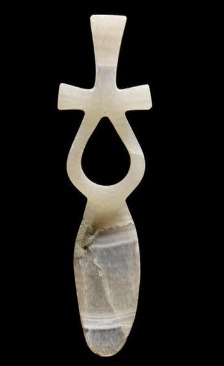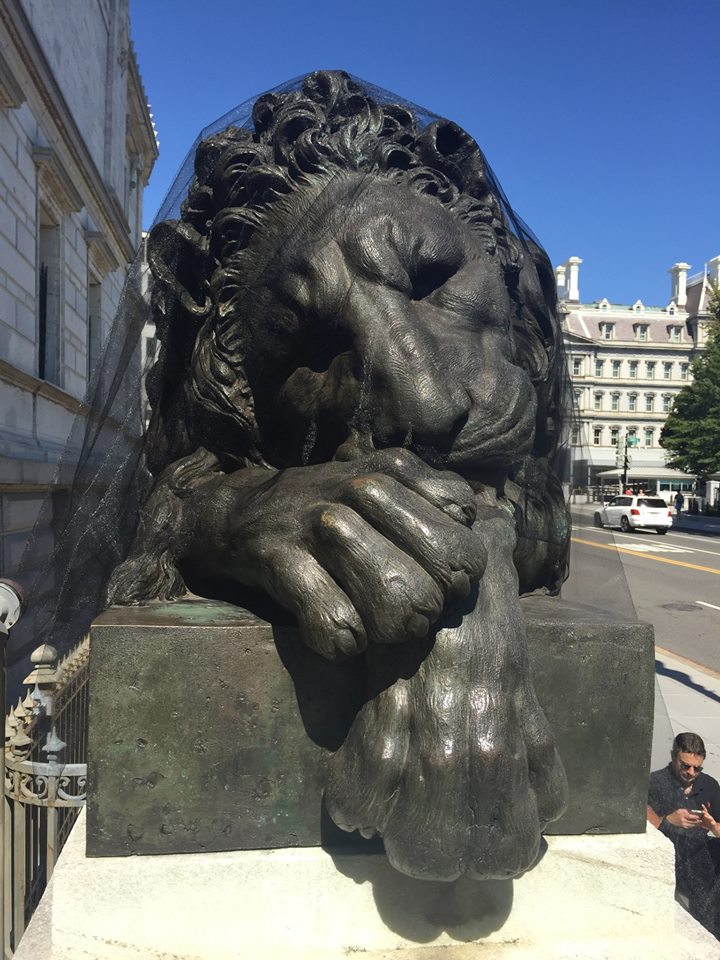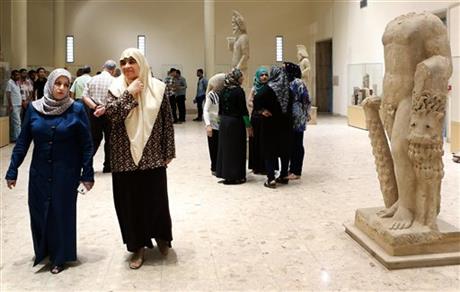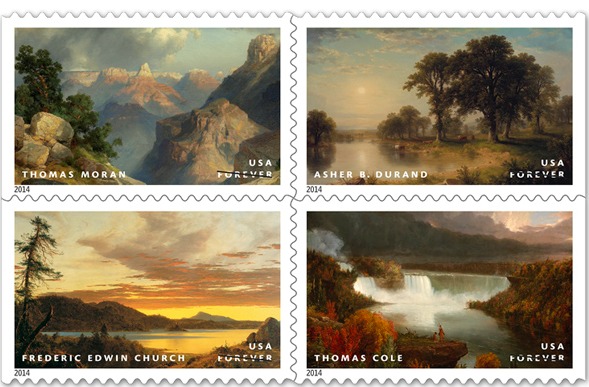 Full of frustration that a 27- year-old U.S.-El Salvador Memorandum of Understanding to stop looting of antiquities isn’t working, the Association of Art Museum Directors recommended against renewal recently. Instead, the Association advocated the formation of a “licit” market in antiquities there. It would be taxed, and the proceeds would be “used to protect cultural sites and to encourage related employment by the local populations and the scientific exploration, storage and conservation of objects from those sites.â€
Full of frustration that a 27- year-old U.S.-El Salvador Memorandum of Understanding to stop looting of antiquities isn’t working, the Association of Art Museum Directors recommended against renewal recently. Instead, the Association advocated the formation of a “licit” market in antiquities there. It would be taxed, and the proceeds would be “used to protect cultural sites and to encourage related employment by the local populations and the scientific exploration, storage and conservation of objects from those sites.â€
That’s the gist of an article I wrote earlier this week, which was published on the website Art-Antiques-Design: MUSEUM DIRECTORS:Â LICIT MARKET MAY SAVE EL SALVADORAN ANTIQUITIES.Â
The statement, which is worth reading in full–there’s a link at the bottom of my article above–was filed with the U.S. State Department’s Cultural Property Advisory Committee, which met October 7 through 9 to consider the renewal.
AAMD criticized the El Salvador government harshly.
There’s no word on when the Committee will decide, but the five-year pact was last renewed Mar. 8, 2010.
That’s a temple at the Cihuatan Park in El Salvador above.




